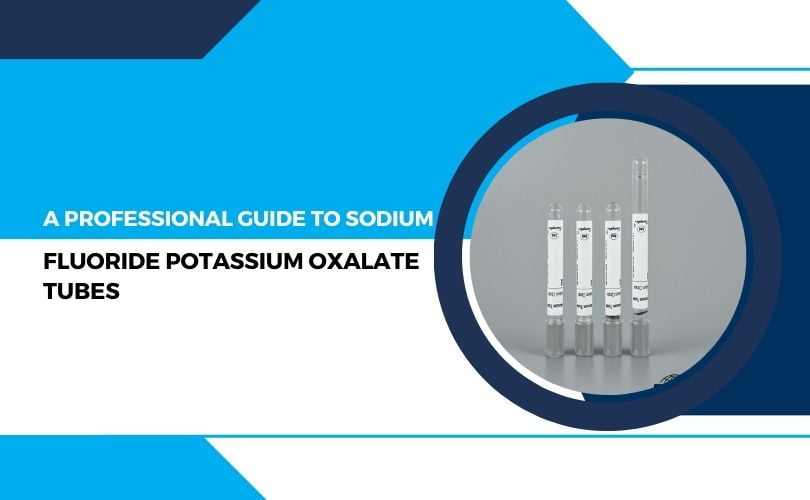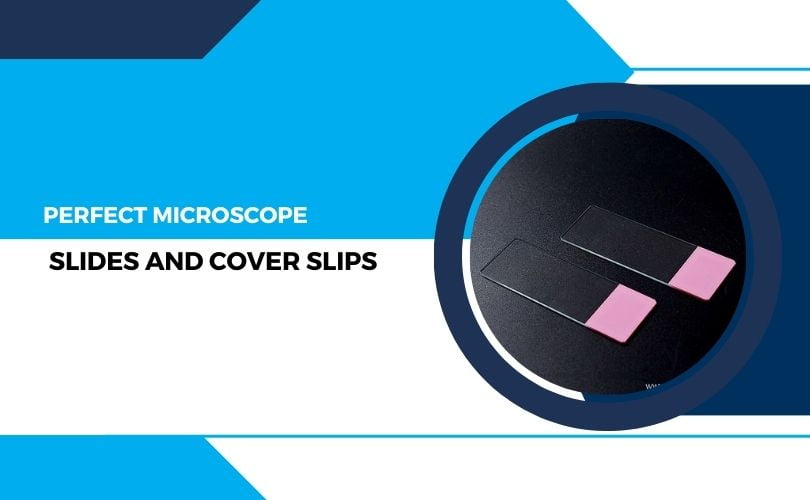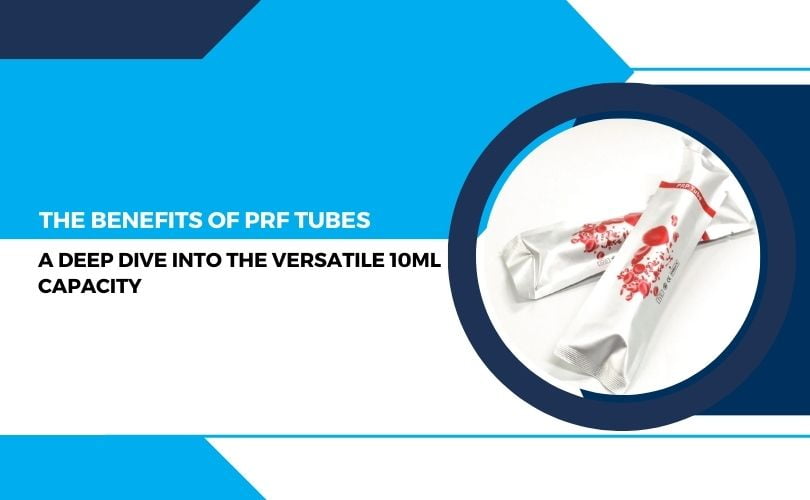Sodium fluoride potassium oxalate tubes, called NaF/KOx tubes, are indispensable clinical chemistry and haematology tools. These tubes are pivotal in preserving blood samples for various diagnostic tests, ensuring accurate results. In this comprehensive guide, we will delve into the nuances of these tubes, from their composition to their applications in the medical laboratory.
Sodium Fluoride Potassium Oxalate tubes? These tubes are commonly used for emergency biochemical tests, plasma biochemical determination, and measuring blood glucose and hemorheology studies. This blog will provide a professional guide to using these tubes, including pre-analytical considerations, sample collection, and sample preparation and storage. We’ll also discuss the advantages and disadvantages of Sodium Fluoride Potassium Oxalate tubes.
Table of Contents
- 1 Understanding the Composition
- 2 Overview of Sodium Fluoride Potassium Oxalate Tubes
- 3 Uses of Sodium Fluoride and Potassium Oxalate Tubes
- 4 Procedure for Using Sodium Fluoride and Potassium Oxalate Tubes
- 5 Applications in Clinical Chemistry
- 6 Advantages and Disadvantages of Sodium Fluoride Potassium Oxalate Tubes
- 7 Proper Handling and Storage
- 8 Conclusion
- 9 FAQs
Understanding the Composition
Sodium fluoride and potassium oxalate, the primary constituents of these tubes, serve distinct purposes. Sodium fluoride acts as a glycolysis inhibitor, preventing the breakdown of glucose in blood samples. This inhibition ensures the stability of glucose levels, a crucial parameter in diabetes diagnosis. On the other hand, potassium oxalate is an anticoagulant, preventing the blood from clotting.
Overview of Sodium Fluoride Potassium Oxalate Tubes
Sodium fluoride potassium oxalate tubes may have a long name, but what exactly are they? They’re a type of blood collection tube used in various medical settings to obtain a sample of a patient’s blood. This tube consists of two anticoagulants, sodium fluoride and potassium oxalate, which work together to prevent blood clotting.
Furthermore, healthcare professionals use sodium fluoride tubes in hemorheology studies, emergency biochemical tests, and plasma biochemical determination.
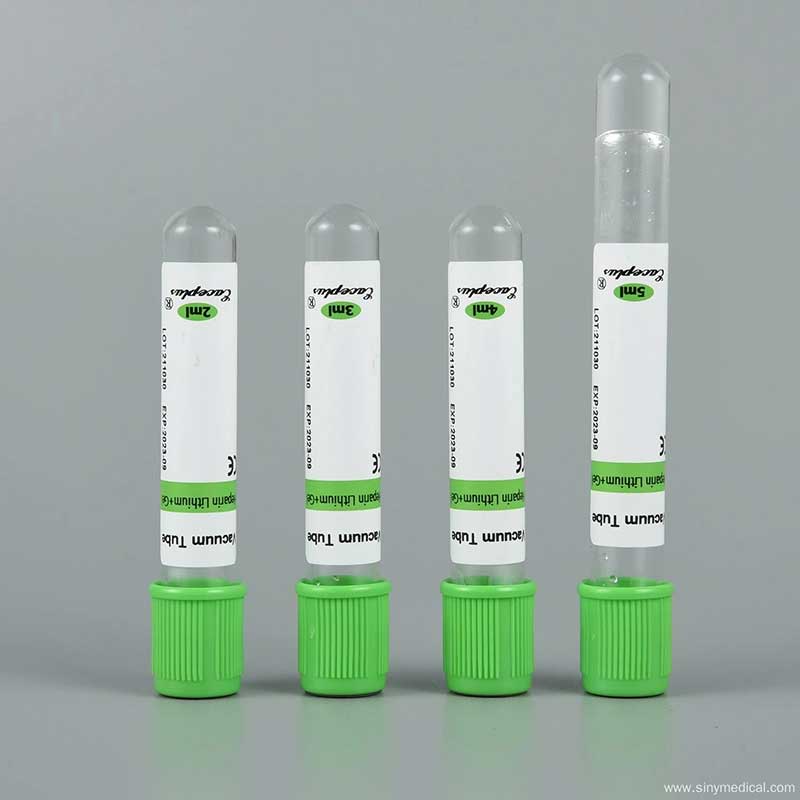
These tubes typically come with a grey cap and a lavender stopper. The grey hat contains sodium fluoride/potassium oxalate, while the lavender stopper contains an additional anticoagulant that prevents blood clotting. Patients and healthcare professionals must understand the process of collecting blood using this type of tube as it helps obtain accurate results for varied biochemical tests.
Uses of Sodium Fluoride and Potassium Oxalate Tubes
Sodium Fluoride Potassium Oxalate Tubes are widely used in various medical settings due to their versatility. One of these tubes’ most important applications is measuring blood glucose levels. The boxes contain anticoagulants, such as potassium oxalate and sodium fluoride, which prevent blood clotting and ensure the accuracy of results.
Another popular use of these tubes is in conducting hemorheology studies, where blood viscosity is analyzed to assess cardiovascular health. The sodium fluoride potassium oxalate tubes are also critical for emergencies and most biochemical tests, such as liver function, renal function, blood lipids, and blood glucose. In intensive care units (ICUs) and other emergency settings, healthcare professionals widely employ them for plasma biochemical determination.
In addition to the above applications, healthcare professionals use the tubes for routine plasma biochemical determinations. You can load the samples directly onto the machine, and the plasma retains its stability for up to two days in the refrigerator.
Procedure for Using Sodium Fluoride and Potassium Oxalate Tubes
When Sodium Fluoride and potassium oxalate tubes are used, certain pre-analytical considerations must be taken. Damage or contamination in the collection tube must be checked for to ensure accurate results. The healthcare professional collecting the sample must use a sterile technique to prevent contamination and provide accurate results. Gloves must be worn at all times during sample collection to avoid the contamination of the model.
Mix the sample gently immediately after collection, and fill the tube to the recommended volume to ensure the correct ratio of anticoagulant to blood.
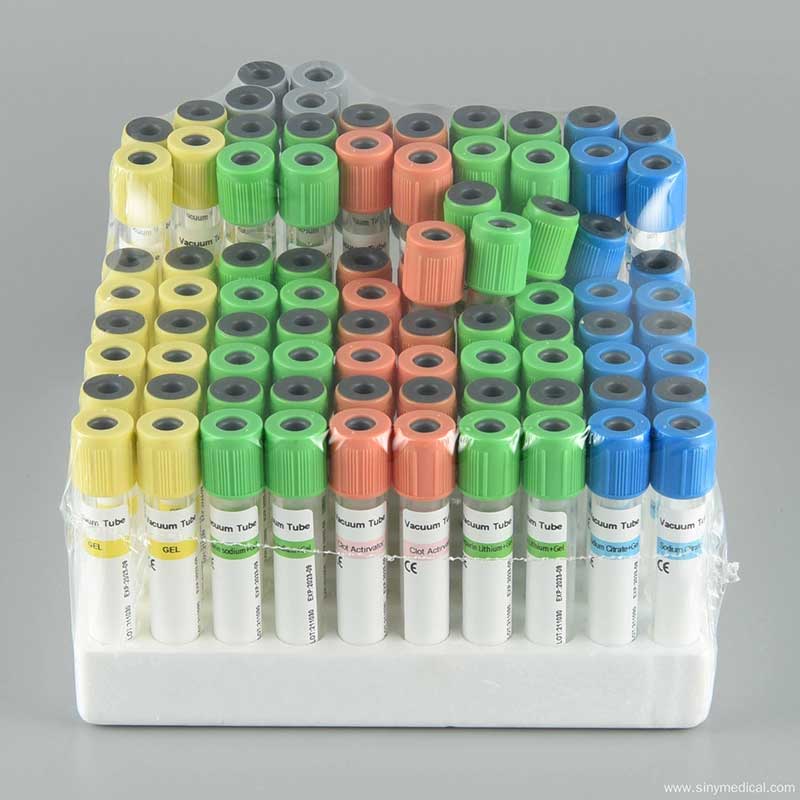
Store the sample in a refrigerated area to ensure stability once you have collected it. Do not expose the model to extreme temperatures or light, as they can affect the accuracy of the results. It is recommended to analyze the sample as soon as possible to ensure accurate results.
Using the correct technique during sample collection and proper storage is key to obtaining accurate results when using Sodium Fluoride Potassium Oxalate Tubes. With careful attention to these steps, healthcare professionals can ensure that the results of blood glucose and other biochemical tests are reliable.
Applications in Clinical Chemistry
Preservation of Glucose Levels
One of the paramount applications of NaF/KOx tubes lies in preserving glucose levels in blood samples. These tubes are instrumental in assessing glycemic control, aiding in diagnosing and managing diabetes mellitus. Upon collection, the sodium fluoride in the line swiftly inhibits glycolysis, preserving the glucose concentration until it can be analyzed in the laboratory.
Hematology Studies
Beyond clinical chemistry, NaF/KOx tubes find essential applications in haematology. These tubes are used for complete blood count (CBC) tests, which analyze the cellular components of blood, including red blood cells, white blood cells, and platelets. By preventing clotting, potassium oxalate ensures that the blood remains liquid for accurate cell counting.
Advantages and Disadvantages of Sodium Fluoride Potassium Oxalate Tubes
Sodium fluoride potassium oxalate tubes, commonly known as NaF/KOx tubes, are widely used in clinical laboratories for their unique properties. However, like any medical tool, they come with their own set of advantages and disadvantages. In this article, we will explore both sides of the coin to provide a comprehensive understanding of these tubes.
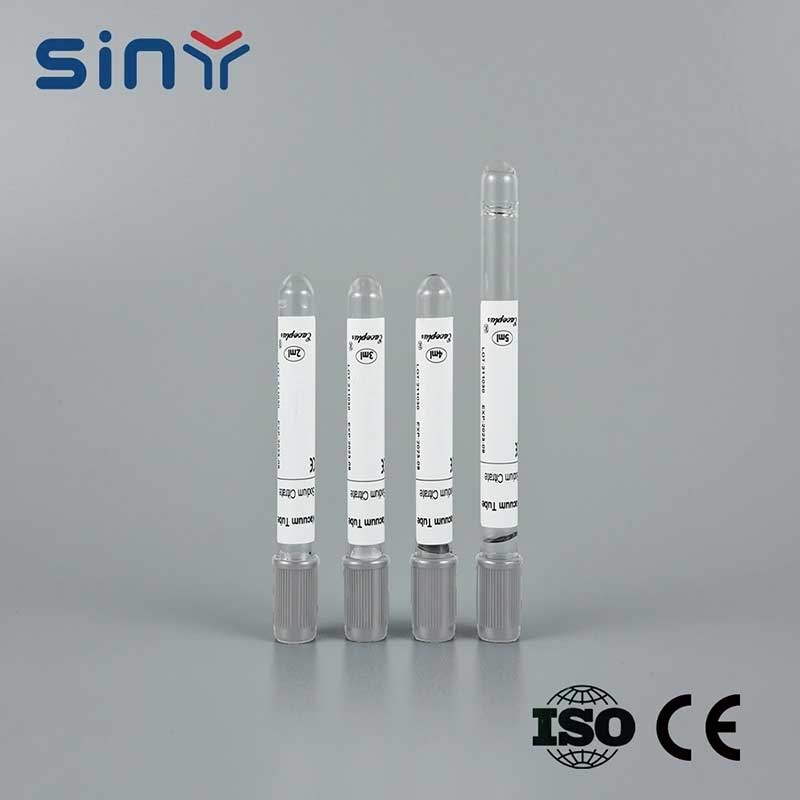
Advantages
Preservation of Glucose Levels:
One of the primary advantages of NaF/KOx tubes is their ability to preserve glucose levels in blood samples. Sodium fluoride effectively inhibits glycolysis, ensuring that glucose concentrations remain stable until laboratory analysis. This is crucial for accurate diabetes diagnosis and monitoring.
Prevention of Clotting:
The potassium oxalate component acts as an anticoagulant, preventing blood samples from clotting. This property is essential for various haematological tests, including complete blood counts (CBC), where clots could skew results.
Versatility:
The versatility of these tubes extends to tests beyond glucose and hematological parameters. They are suitable for many chemistry assays, making them a practical choice for laboratories.
Ease of Use:
NaF/KOx tubes are readily available and easy to use. They come in standardized sizes and are compatible with common blood collection equipment, making them convenient for healthcare professionals.
Disadvantages
Limited Coagulation Studies:
While potassium oxalate prevents clotting for most tests, it can interfere with coagulation studies, such as prothrombin time (PT) and activated partial thromboplastin time (aPTT). In such cases, healthcare professionals may prefer different types of anticoagulant tubes.
Potential Interference:
Sodium fluoride, while inhibiting glycolysis, may interfere with certain enzymatic assays that rely on glucose consumption or production. Laboratories must be cautious when selecting tests to ensure compatibility.
Sample Volume Requirement:
NaF/KOx tubes typically require a minimum blood volume to maintain their anticoagulant and glycolysis inhibitory properties. This may be a limitation when dealing with pediatric or critically ill patients with limited blood volume.
Cost Consideration:
Compared to other types of blood collection tubes, NaF/KOx tubes can be relatively more expensive. Laboratories need to balance cost-effectiveness with the specific testing requirements.
Proper Handling and Storage
Proper handling and storage of NaF/KOx tubes are paramount to maintaining the integrity of blood samples. Ensure the boxes are stored at room temperature, away from direct sunlight. Avoid freezing or heating the tubes, as extreme temperatures can compromise the stability of blood samples.
Conclusion
Sodium Fluoride Potassium Oxalate Tubes are essential for obtaining accurate results in blood glucose measurements, hemorheology studies, and emergency biochemical tests. The pre-analytical considerations include following standard blood collection procedures and gently inverting the sample post-collection. The sample should be prepared and stored as per the manufacturer’s instructions. While the tube’s unique composition inhibits glycogenolysis and enolase activity, it may interfere with some biochemical and immunological tests. Sodium fluoride potassium oxalate tubes are incredibly useful for obtaining stable and reliable blood samples.
FAQs
Which tube contains potassium oxalate and sodium fluoride?
The tube that contains potassium oxalate and sodium fluoride is commonly referred to as a ‘Sodium Fluoride Potassium Oxalate Tube,’ abbreviated as NaF/KOx tube. It is a type of blood collection tube designed for specific laboratory tests.
What is the use of sodium fluoride in blood collection tubes?
Sodium fluoride in blood collection tubes serves as a glycolysis inhibitor. Its primary purpose is to prevent the breakdown of glucose in the collected blood sample. By inhibiting glycolysis, sodium fluoride ensures that glucose concentrations remain stable until the laboratory can analyze the model. This property is crucial for accurate diabetes diagnosis and monitoring.
What is the use of sodium oxalate tube?
Sodium oxalate tubes, also known as ‘oxalate tubes,’ serve as anticoagulant tubes in blood collection. Sodium oxalate functions as an anticoagulant by binding with calcium ions in the blood, thus preventing blood clotting. Healthcare professionals typically use these tubes for various hematological tests, including complete blood counts (CBC), where maintaining a liquid blood state is crucial to obtain accurate results
What is sodium fluoride potassium oxalate?
Sodium fluoride potassium oxalate combines two substances: sodium fluoride and potassium oxalate. These compounds, such as NaF/KOx tubes, are used in blood collection tubes. Sodium fluoride serves as a glycolysis inhibitor, preserving glucose levels in blood samples, while potassium oxalate acts as an anticoagulant, preventing the blood from clotting. This combination is particularly useful for various clinical chemistry and haematology tests.
What colour is fluoride oxalate blood tube?
Fluoride oxalate blood tubes containing sodium fluoride and potassium oxalate are typically grey. The grey-top lines, easily distinguishable in a laboratory setting, find common use in glucose and lactate determinations. The presence of both sodium fluoride and potassium oxalate ensures the preservation of glucose levels and prevents clotting in the collected blood sample.


